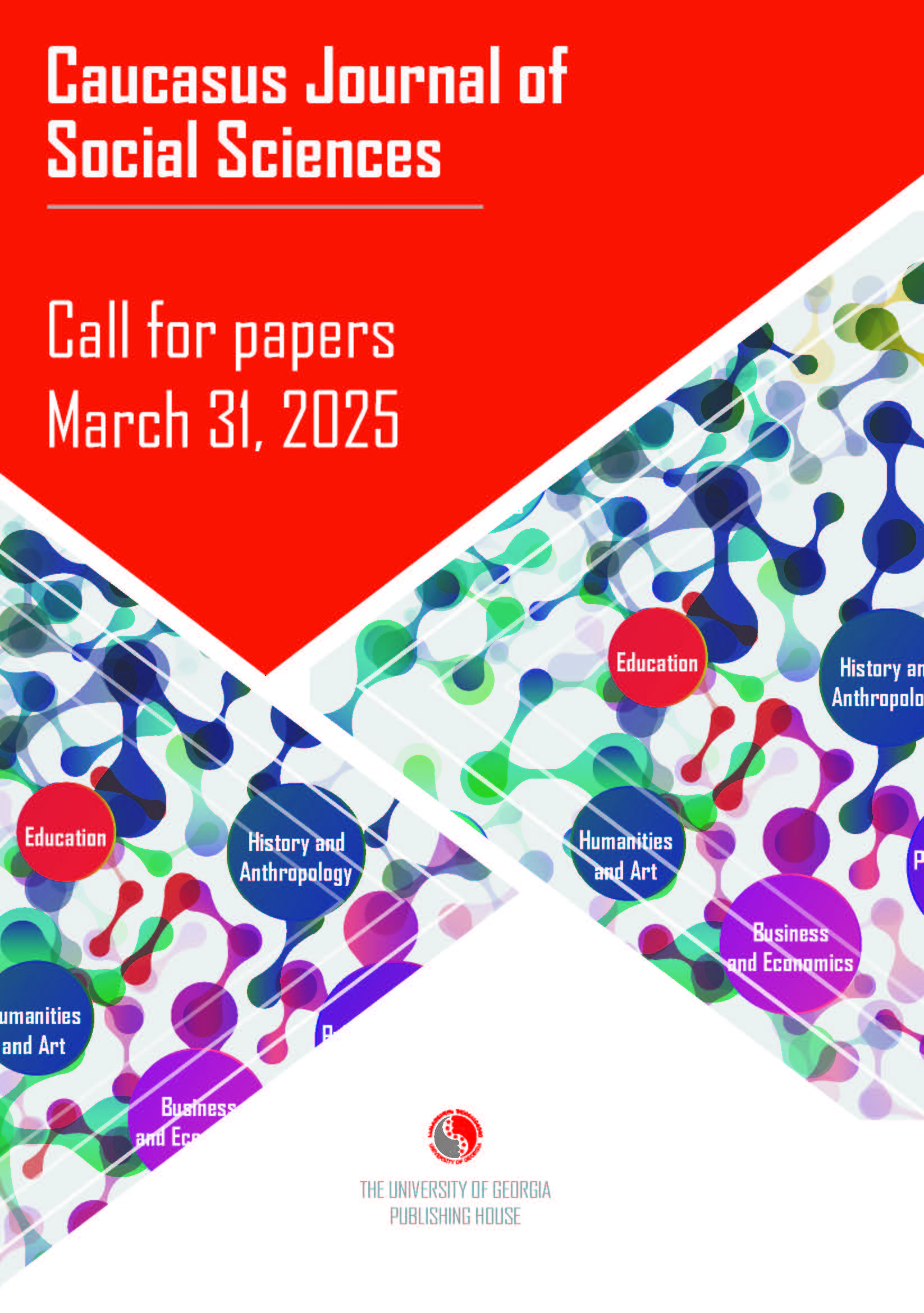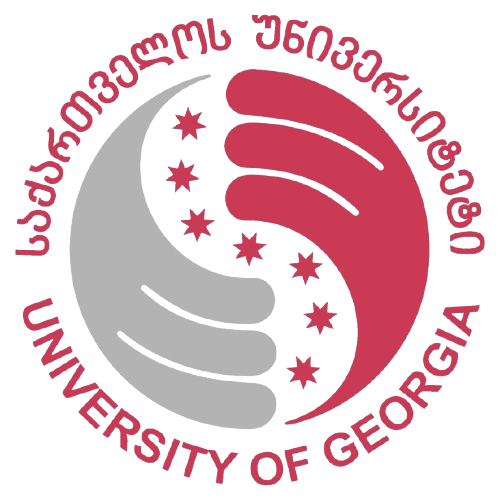Artistic Decoration of Art Café Khimerioni and its Cultural Context
DOI:
https://doi.org/10.62343/cjss.2015.148Keywords:
Khimerioni, Tbilisi, Artistic collaboration, European influenceAbstract
In the early 20th century, artistic café clubs and café cabarets, as places where artistic leaders gathered and venues for creativity events, were spread across Europe and Russia. Similar places were also found in Tbilisi (Fantastic Tavern, Argonauts’ Boat, Peacock’s Tale, etc.). Although Khimerioni seemed similar at the first sight, it still differed from the others due to its function, status and the character of its decoration.
Initially Khimerioni was considered as the first house of Georgian Writers in 1919. Unlike the intimate art cafes, the large space of Khimerioni consisted of several parts: a central hall with a small stage for artistic performances and small rooms for the literary evenings and anniversaries. The Georgian symbolist poets’ union Blue Horns was in charge of creating the appropriate atmosphere and artistic design for Khimerioni. They invited Sergei Sudeikin a distinguished representative of the Russian Art Nouveau. Other artists: David Kakabadze, Lado Gudiashvili, Sigizmund Valishevsky, Kirill Zdanevich, Mose Toidze and Irakli Toidze also worked on the mural decorations in Khimerioni. Understanding the whole concept of the artistic décor of Khimerioni became possible after collating preserved paintings and different sources (memories, memos and artistic sketches). The content of the compositions shows the introduction of several themes that can conventionally be called Creator and Muse, Life and Culture of Old and New Georgia and Imaginary Reality of Art.
Khimerioni was the first among the artistic cafés of Tbilisi that, apart from general European tendencies, reflected the traits of national art, which was a component part of the cultural ideology of independent Georgia in 1919-1920.
Downloads
Published
How to Cite
Issue
Section
License
Copyright (c) 2023 Nino Chikhladze

This work is licensed under a Creative Commons Attribution 4.0 International License.
In case an article is accepted for publication it is allowed to combine the article with other research, to conduct new research on the article, or to make different arrangements on condition that the same license is used including commercial purposes.
As an author of an article published in the Caucasus Journal of Social Sciences, you retain the copyright of your article and you are free to reproduce and disseminate your work.











